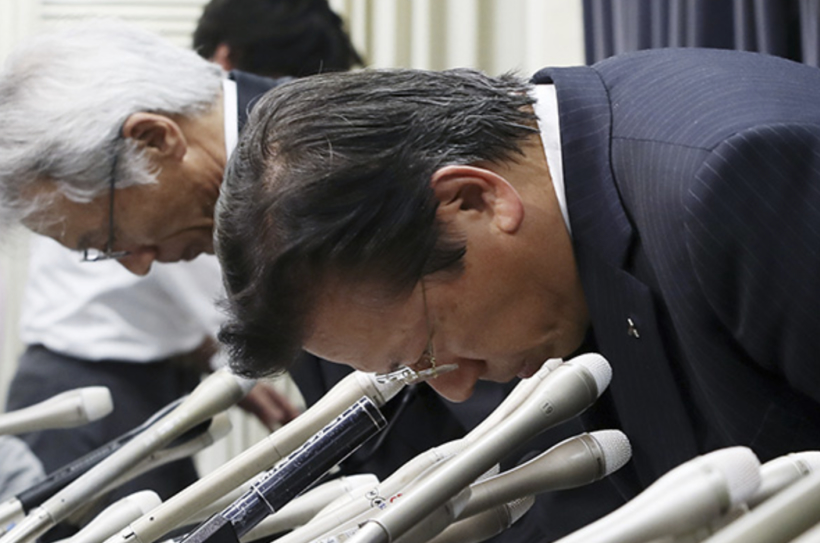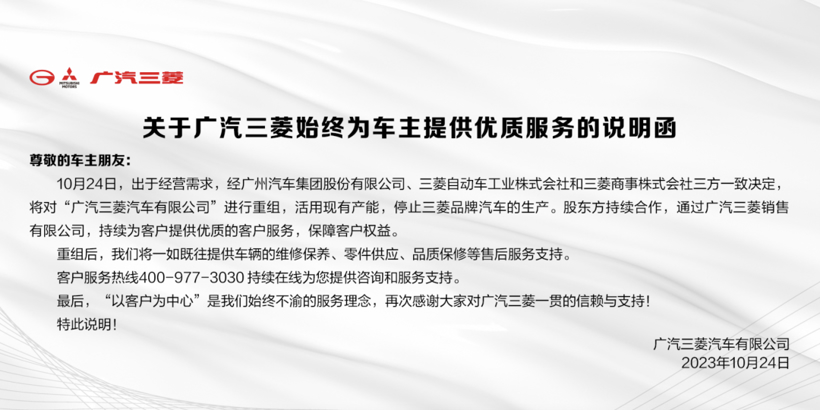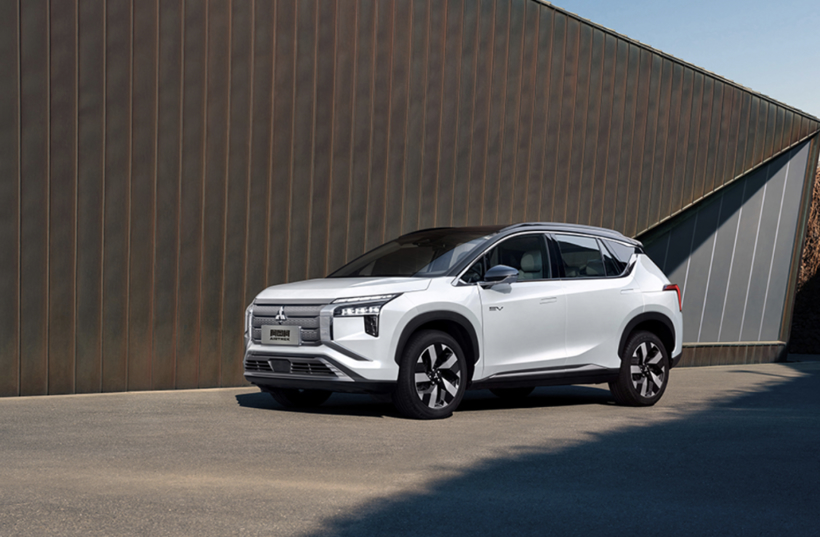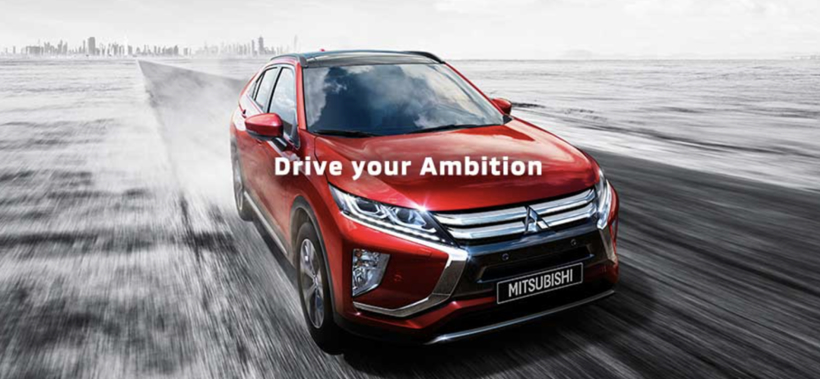On July 22, Mitsubishi Motors announced the termination of its joint venture with Shenyang Aerospace Mitsubishi Engine Manufacturing Co., Ltd., along with the cessation of the joint venture's engine business operations. This marks Mitsubishi's complete withdrawal from automotive-related production in China. Mitsubishi established a joint venture with Chinese aerospace companies in Shenyang in 1997 to provide vehicle engines for both Mitsubishi and local manufacturers. After ending its complete vehicle production and sales operations in China in 2023, Mitsubishi continued to produce engines for Chinese automakers and provide after-sales service for sold vehicles. The company stated that it reassessed its strategy in the region due to the rapid shift of the Chinese automotive industry towards electric vehicles and decided to terminate its participation in the joint venture. The joint venture has been renamed Shenyang Guoqing Power Technology Co., Ltd., and several companies, including Mitsubishi Motors Corporation, have exited as shareholders, with Beijing Saimu Technology Co., Ltd. joining as a new shareholder. This marks the end of Mitsubishi's production footprint in China, indicating its total exit from the market.
Mitsubishi once led the Chinese market significantly. As early as the 1980s, Mitsubishi entered the Chinese market through engine technology cooperation, achieving a market share of up to 30% in domestic car engines. The Pajero, one of its most iconic models, sold over 5 million units worldwide by the time it ceased production in 2022, making it one of the most successful SUVs. In the late 1980s and early 1990s, Pajero gained immense popularity in China, especially among public officials in remote areas. Mitsubishi became one of the first Japanese carmakers to enter the Chinese market, updating the Pajero to a second-generation model equipped with advanced features like ABS and electronic shock absorbers. In the mid-1990s, Mitsubishi sold all technologies of the second-generation Pajero V series to China, leading to local production efforts.
Mitsubishi's joint ventures in China expanded throughout the 90s, leading to significant sales numbers; by 2003, its imported vehicle sales alone reached 140,000 units. However, starting in the late 1990s, Mitsubishi faced various challenges, including brake issues impacting its major markets in North America and Japan, combined with the Asian financial crisis and acquisitions by DaimlerChrysler and Nissan, setting the stage for future struggles. Despite enjoying a robust business in China at the time, the company gradually saw its influence wane. From 2020 onwards, GAC Mitsubishi's sales plummeted, with reported figures of 75,000, 66,000, and 34,000 units from 2020 to 2022, resulting in substantial declines.
In late 2023, Mitsubishi officially announced its exit from the complete vehicle production in China. The company stated that the primary reasons for its withdrawal were the rise of electric vehicles and the emergence of local brands, which severely impacted its sales. Despite maintaining some market presence globally, Mitsubishi's legacy in China has concluded, marking the end of its 40-year history in the country. The company’s previous technology, once a benchmark for local automakers, now stands as an impediment to its transition into the electric vehicle era. As a response, Mitsubishi and other Japanese automakers are seeking new directions, particularly in increasing their competitiveness in the electric vehicle sector to contend with strong competition from Chinese rivals.
Mitsubishi Motors Exits Chinese Automotive Market

Images








Share this post on: